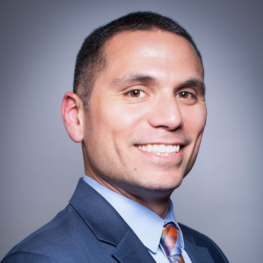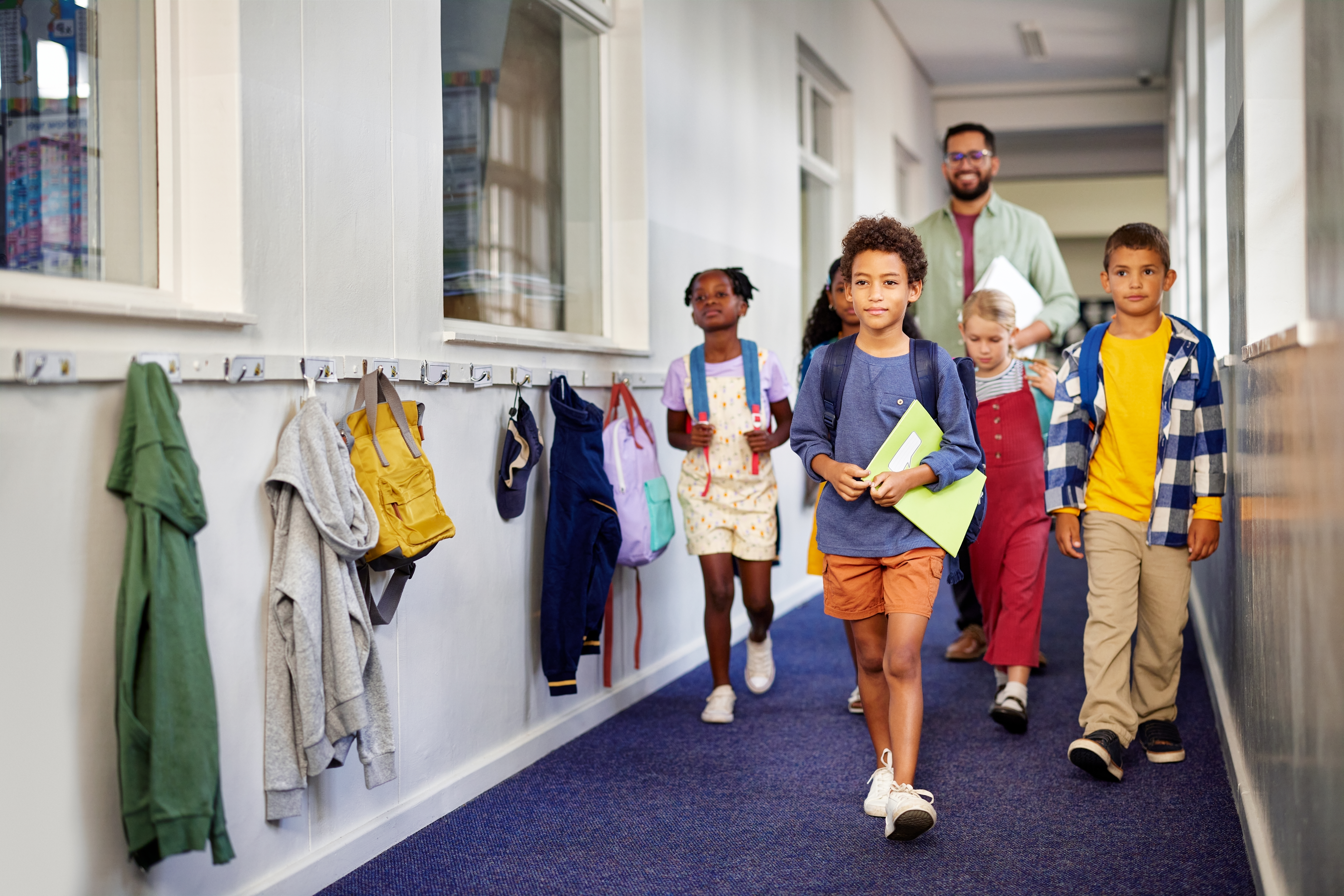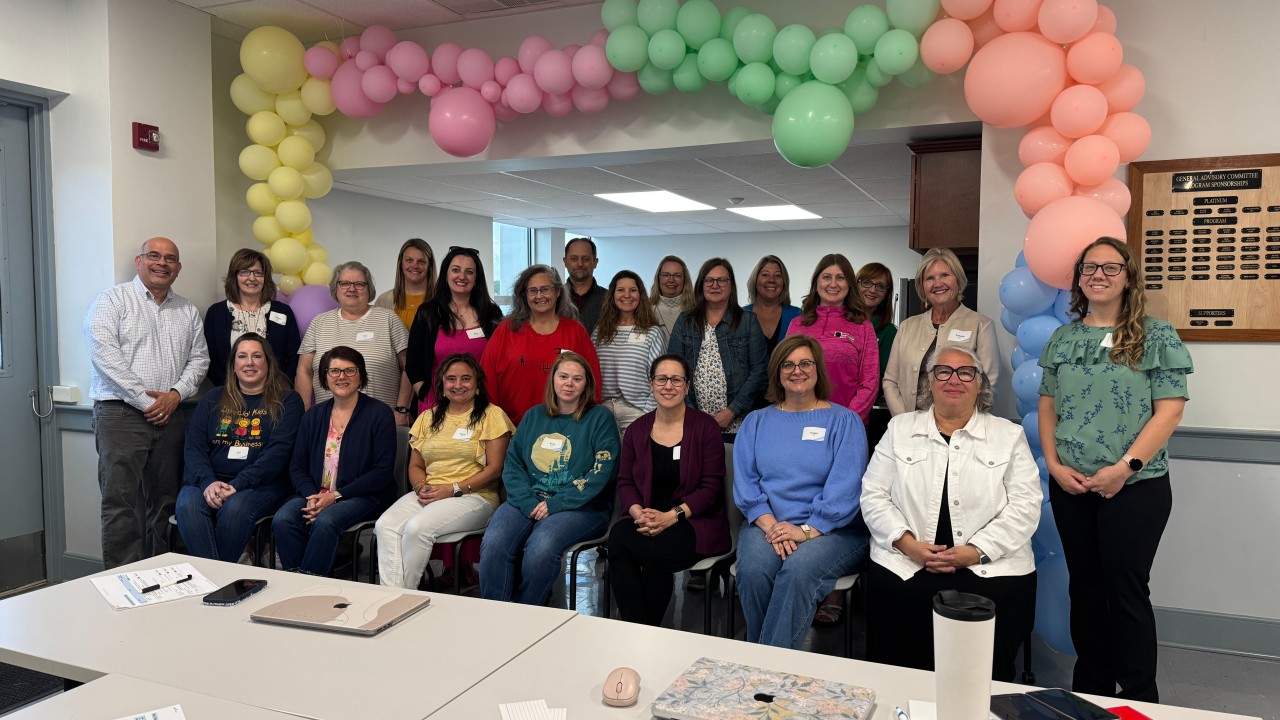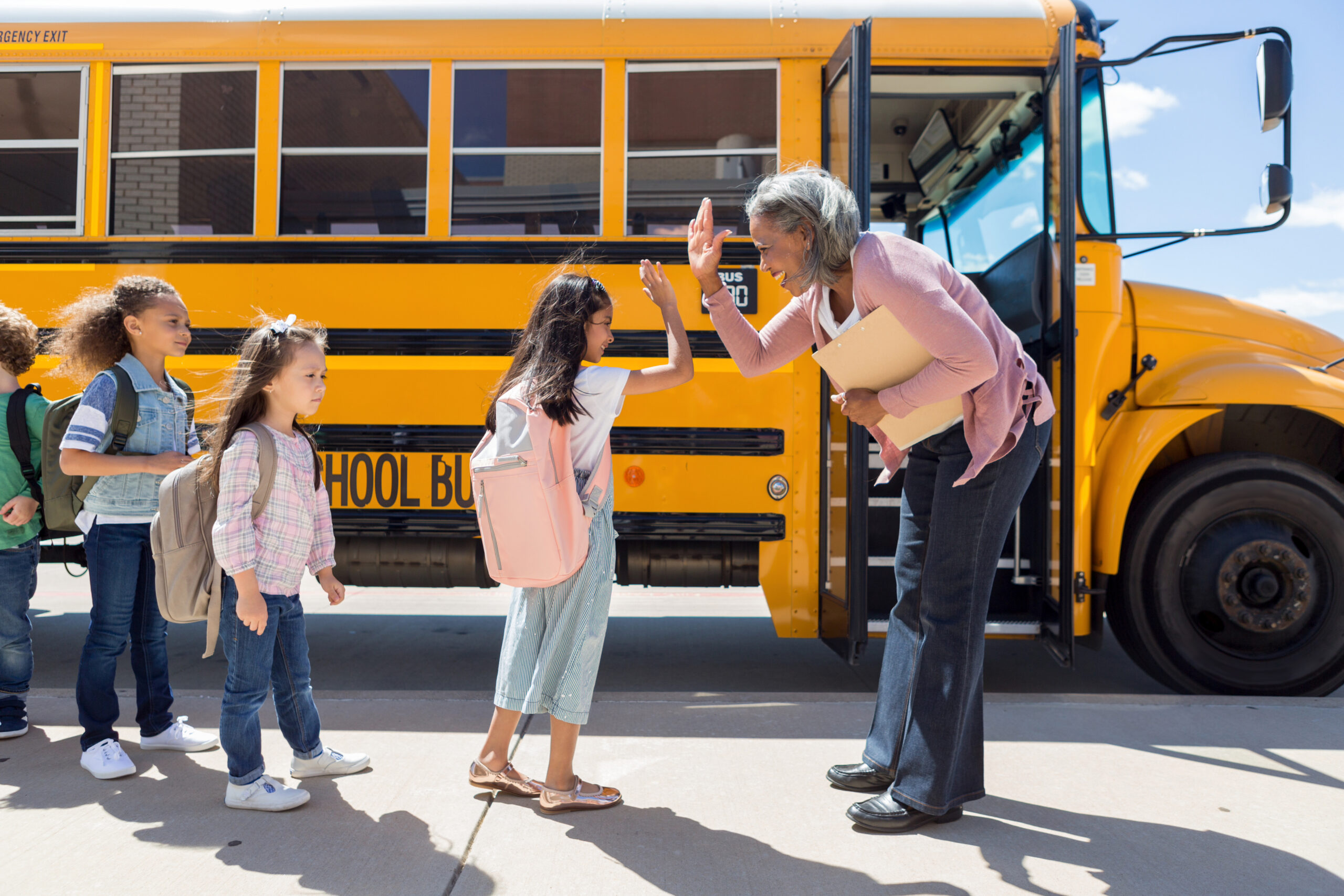
Anthony Nunez, Principal at Orr Middle School in Las Vegas, NV
By Ryan Delaney
When Principal Anthony Nunez’s school abruptly transitioned into remote learning in March 2020, events happened quickly and teachers were asked to do a lot at once. In time, he was able to slow things down and give teachers more time to focus on what they needed to improve learning in their classrooms.
The result is a more deliberate and more effective professional learning community at Orr Middle School that allows teachers the opportunity to ask questions of their colleagues, find the answers, and incorporate the strategies into their classrooms.
Orr Middle is in Las Vegas and part of the Clark County School District; Nunez has been leading the 900 students who attend and the staff for five years. “It’s a fun group to work with, it’s an active group to work with. And it’s a terrific community to serve,” Nunez says.
Nunez graduated from NCEE’s leadership development program in November 2020, in the midst of a second school year impacted by the pandemic, and took up the offer to get additional coaching from NCEE to help him implement what he’d learned. He didn’t want Orr to simply hang on during the ups and downs of COVID, but to be able to improve. So he kept thinking about the long-game of improving learning in his school. He homed in on professional learning for teachers, which he didn’t see as overly effective.
Before the pandemic, Nunez explains, much of the professional learning happening in his school was general and usually top-down. Teachers were getting plenty of it, but it wouldn’t be specific to their students. They might receive instruction on how to implement a new tactic, like how to start a lesson, or receive an overview of a new initiative, such as a different English language learner strategy, which wouldn’t be relevant for every teacher in the building. Plus, the sessions weren’t organized in a way that would give teachers a chance to test out the latest advice or build on previous tactics.
Remote and hybrid classes gave educators time to re-evaluate how teachers work together. Having now finished the leadership program, Nunez’s coach helped him identify some of the reasons all the professional learning sessions weren’t translating into strong improvements in the classroom.
“We really dug deep into the professional needs of our teachers,” he says.
Teachers weren’t setting the agenda for professional learning and they didn’t have the time and space to come together and talk about what did and didn’t work out of the advice, brainstorming ways to improve its implementation or swap strategies. “We were able to identify and talk about the perspectives of teachers in a wide variety of positions throughout the school, as well as get ideas for what people needed to be successful. That work was no small task,” Nunez said.
The school recalibrated its professional learning to be more relevant by slowing it down. Teachers now get fewer new teaching tactics thrown at them so they instead have more time to come up with their own ideas and try them out. Stopping, pausing, and allowing teachers to deeply investigate what each other is doing allowed them time to talk about how the school is meeting the goals of its students.
Rather than whole-school sessions, teachers gather every two weeks in small groups based on the grade or content area they teach. The collaborative sessions are brief — 45 minutes — but teachers are expected to arrive at the gatherings prepared to debrief so the sessions are targeted.
The point of these regular get-togethers is for teachers to identify a problem of practice, develop a potential solution, try it out, reflect on how it worked, refine it, and try again.
The benefit of more small group time is exemplified by Orr’s special education teachers. Because of the range of needs among each teacher’s students, it had seemed implausible to develop joint strategies.
With the added time of the collaborative meetings, the special education teachers led discussions about how they’re meeting the goals of our students. Since they all have unique things to monitor among students, one teacher suggested working together on how they monitor students’ progress, rather than what they monitor.
This is similar to how professional learning is structured in high-performing countries, such as in Singapore. In that Asian nation, emphasis is put on teachers having time every week to meet in small groups, rather than sit through large training sessions. Senior, experienced teachers lead sessions in which they share best practices with their colleagues.
Nunez adapted what he learned from studying Singapore to Orr Middle. He says it’s been fulfilling to see teachers creating, designing, and implementing their ideas about how to drive student learning.
School is still a bit chaotic and Nunez is balancing many challenges two years after his school first went remote. But thanks to Nunez’s guidance and hard work of all educators in the building, teachers are spending more time on their own learning. As a result of their focused professional learning and collaboration time, they have a better handle on their instructional approach as well as students’ varying needs.
NCEE’s leadership program and coaching “came at a time when I really needed to be reminded of the larger role of education,” Nunez said.




